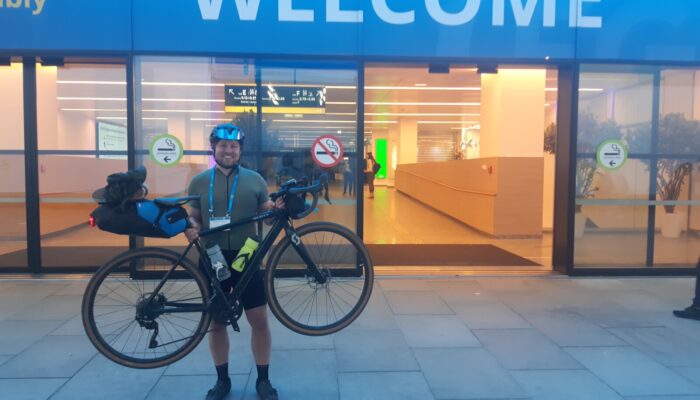
How to commute from Freising to Vienna by bike
In the world of alpinism, the phrase “by fair means” is ubiquitous, though its definition is vague. Most people would agree that a key requirement of a “fair means ascent” is minimizing the tradeoff between convenience and reliance on external aids. If that sounds like it leaves a lot of room for interpretation, it’s because it does. More recently, though, “by fair means” is often used to describe the approach rather than the ascent itself. Specifically, “by fair means” has come to signify reaching the base of an objective by bike instead of car. On the heels of the second-warmest winter in Europe, I felt compelled to reach EGU 2023 by fair means.
Not wanting to take time off from work for the journey left me with a limited time frame to traverse the roughly 400 kilometers of rolling hills, meandering rivers, and windswept plains from my home in Freising to Vienna. The rough plan was to reach the halfway point, Linz, on Saturday evening. Then an early Sunday start and Vienna by nightfall. As far as plans go, this one was – like a much beloved Ben and Jerry’s ice cream flavor – half-baked. Follow the Isar to the Danube, then follow the Danube to Vienna. With this foolproof description of the route planted firmly in the back of my mind, I set off.
The first part of the journey took me past a landmark of the German energy policy debate. Just a week before my departure, the last operating nuclear power plants in Germany had been shut off, concluding a political battle that had spanned my entire lifetime. Legs pushing and pulling on the pedals, the chain smoothly humming with each revolution of the gears, I passed the now steamless cooling tower of Isar 1. The sun beat down relentlessly as I pushed on towards the confluence of Isar and Danube. My shadow, no longer behind but slowly creeping ahead of me, told me that time was running out if I were to make it to Linz by evening. With a sense of urgency taking hold, I sped up the pace and, in a state of near meditation – “the flow” – finally reached the Danube in the late afternoon. Passau appeared on the horizon in the late evening, my chances to bridge the remaining 80 kilometers to Linz before dark fleeting. Somewhat begrudgingly, the realization took hold that this day would not end on the bike. So it goes.
The next morning, refreshed after a good night’s sleep, a detour through Linz’ industrial park brought me back to the Danube. At this point, I should mention that this was not my first trip along this stretch of the route. In the late summer of 2018, I had biked from Passau to Vienna along the same path. After the extraordinary drought of that year, the riparian forests lining the banks of the Danube gave the impression of fall, brown leaves bearing witness to trees thirsting for water. Now, almost five years later patches of standing deadwood intermingled with the vibrant green of young leaves in spring remain as a testament to the drought stress of years gone past. After many miles biking along the river, it was time to climb out of the valley and into strong headwinds on the way to St. Pölten. The rolling hills between St. Pölten and Vienna posed a last challenge on an already long and arduous day, but finally, I crested the last hill, and the gates of Vienna opened up before me. The long descent into Vienna guided me along the Wien River and spit me out at one of Vienna’s most recognizable tourist locations: Schloss Schönbrunn.
Dodging cars and pedestrians strolling aimlessly through bike lines, I reached the convention center and picked up my name tag. After covering nearly 370 kilometers by bike and 80 by train I had reached EGU by fair(ish) means.
edited by Lucia Layritz

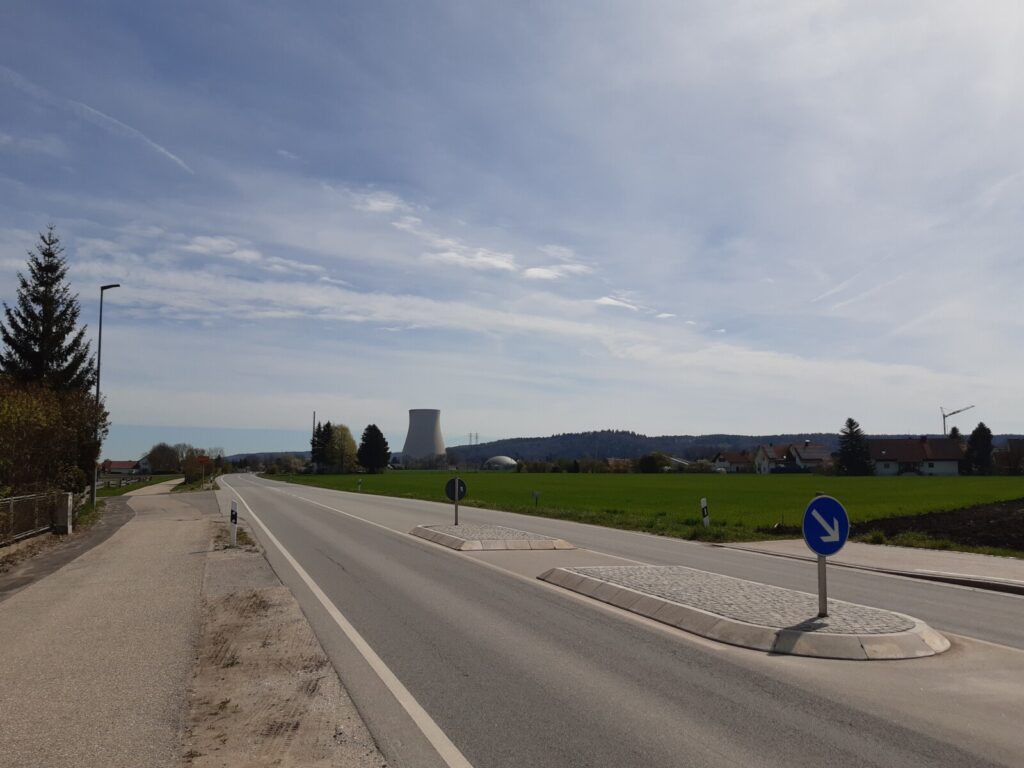
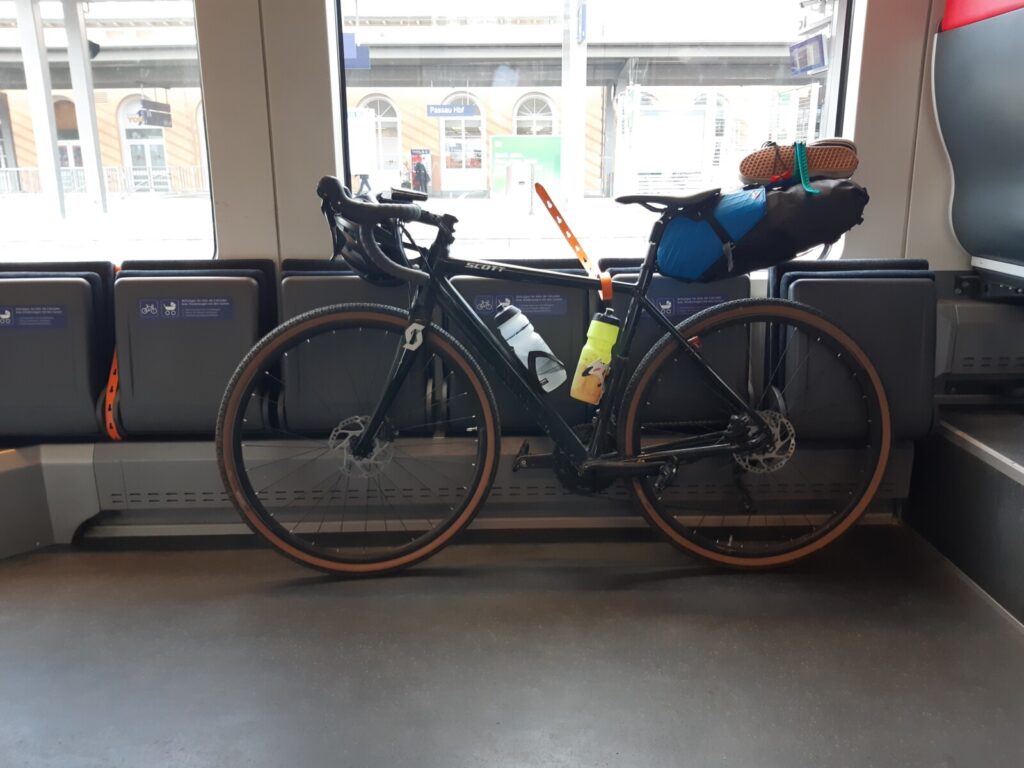
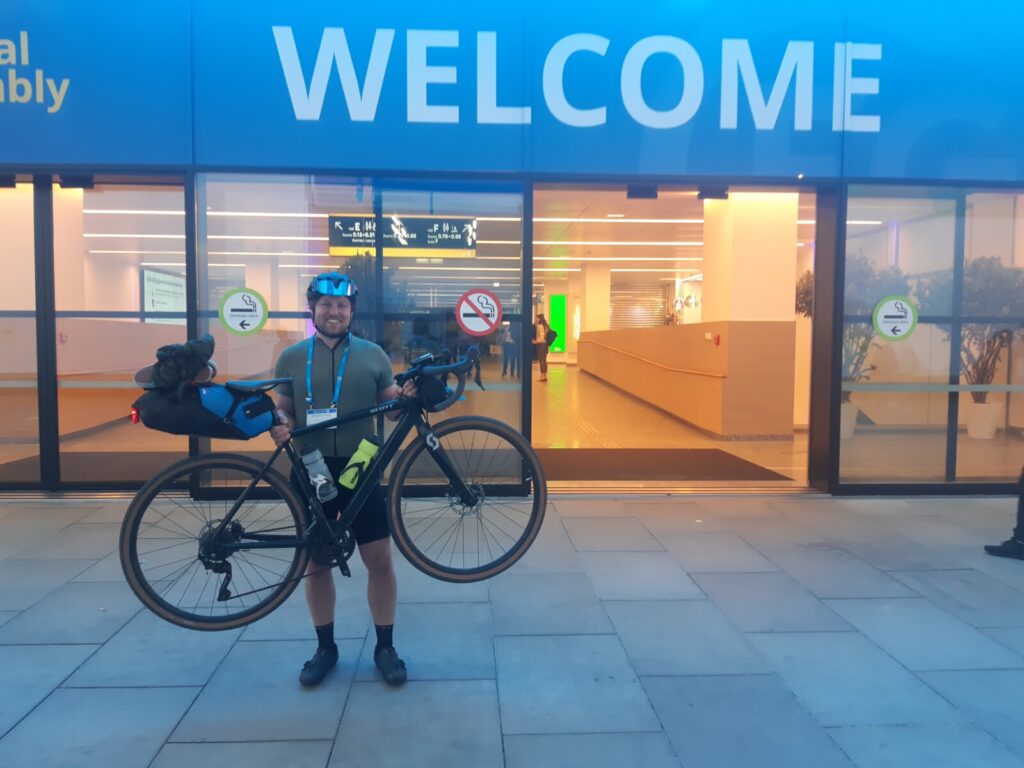
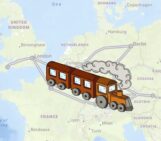
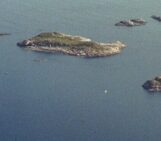
Shivangi
So cool!